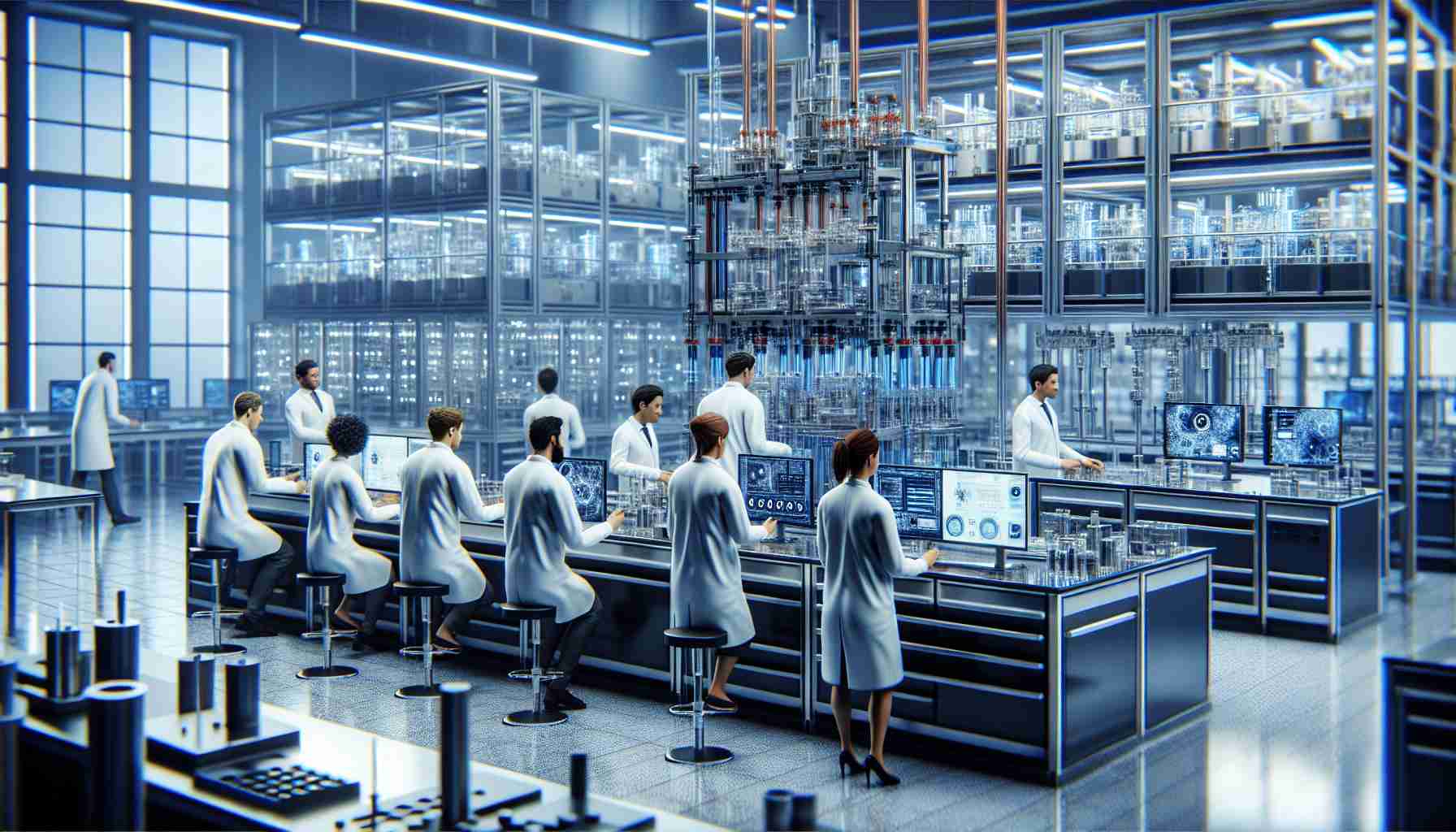- BYD has developed its first solid-state battery cells on a pilot line, offering capacities of 20 Ah and 60 Ah, signaling a transformative leap in battery technology.
- The company plans to showcase these innovative batteries by 2027, with broader applications expected around 2030 as the industry aligns on similar timelines.
- Both BYD and CATL are focusing on sulphide electrolytes to achieve financial and strategic benefits, aiming to match the cost of current NCM cells.
- Solid-state batteries promise enhanced safety, power, longer ranges, and quicker charging by replacing flammable liquids with stable materials.
- Despite intense global development efforts, truly viable solid-state cells are still scarce, making BYD a pioneer in pursuing this advanced technology.
Under the bustling lights of Shenzhen, where innovation is as common as the traffic, BYD quietly breaks the silence with a significant leap in battery technology. Their chief technology officer, with a vision poised to redefine automotive energy, reveals that the first solid-state battery cells have been crafted with precision on their pilot line. The numbers shimmer in the air — 20 Ah, 60 Ah — promising more than mere digits, but a whisper of a future that’s inevitably electrifying.
Look past the gleaming prototypes, however, and a lengthy journey stretches ahead. While BYD sketches plans for showcasing these new batteries around 2027, the broader application remains a distant goal. The industry, like a well-rehearsed orchestra, matches the pace. CATL, a titan in the realm of energy storage, echoes similar timelines, cementing a shared vision for 2030 and beyond.
Both giants gravitate towards the allure of sulphide electrolytes. This choice, made from financial foresight and strategic stability, shines a pragmatic light amidst the electrifying excitement. The ambition? To match the cost of today’s prevalent NCM cells. Yet, as the shadow of mass production looms, the path becomes as elusive as it is promising.
The prize of solid-state technology lies in its potential: safer, more powerful cells with flammable liquids replaced by stability, promising longer ranges and quicker charging. And yet, despite the years of relentless pursuit by companies worldwide, the reality stands: true solid-state cells are rare treasures.
For now, BYD stands as a vanguard, its eye on a future where high-end vehicles glide forward on solid power, every battery a testament to innovation and patience. The countdown to that future whispers among the pages of calendars yet to come.
Revolutionizing the Roads: BYD’s Solid-State Battery Breakthrough and What It Means for the Future
How-To Steps & Life Hacks: Integrating Solid-State Batteries into EVs
1. Understand Compatibility Needs: Solid-state batteries have different properties compared to traditional lithium-ion batteries. Before integration, assess your vehicle’s power and thermal management systems.
2. Consult an Expert: Transitioning to solid-state technology requires specialized knowledge. Engage with an automotive engineer familiar with the latest battery technologies.
3. Evaluate Infrastructure: Proper facilities for installing and maintaining solid-state batteries are essential. This includes charging stations tailored to the new battery specifications.
4. Stay Informed on Updates: As regulations and standards evolve, keep abreast of the latest advancements in battery production and vehicle adaptation.
Real-World Use Cases for Solid-State Batteries
– High-End Electric Vehicles: These batteries offer longer lifespan and higher energy densities, making them ideal for luxury EV models focusing on performance and range.
– Electric Aviation: Their light weight and safety features make solid-state batteries perfect candidates for electric aircraft, which require dependable energy storage.
Market Forecasts & Industry Trends
According to a report by ResearchAndMarkets.com, the global solid-state battery market is projected to grow at a CAGR of 34% from 2021 to 2030. Key drivers include:
– The demand for safer batteries with higher energy capacities.
– Strategic investments by major automotive players in battery innovation.
BYD and CATL’s timeline for broader adoption aligns with these projections, indicating significant market activity by 2030.
Reviews & Comparisons
Solid-state batteries are compared favorably against conventional lithium-ion batteries for their potential:
Pros:
– Safer due to non-flammable solid electrolytes.
– Higher energy capacity can lead to extended vehicle ranges.
Cons:
– Manufacturing complexity and cost.
– Still in development phases for mass adoption.
Controversies & Limitations
One limitation is the challenge of creating solid electrolytes that can compete with the efficiency of liquid electrolytes. MIT Technology Review notes that materials for solid electrolytes can be costly and complex to produce at scale.
Security & Sustainability
Switching to solid-state batteries contributes to sustainability by reducing reliance on cobalt, a metal with high environmental and ethical concerns involved in its mining.
Quick Tips
– Invest Wisely: If considering stock investments, monitor companies heavily involved in solid-state research and development.
– Stay Tech-Savvy: Familiarize yourself with upcoming technologies and consider potential future-proofing your EV infrastructure.
Conclusion
As BYD and other leaders continue to innovate, solid-state batteries inch closer to transforming the automotive and energy sectors. While challenges remain, the combined efforts of global technology innovators suggest a promising horizon for solid-state battery technology, with substantial benefits in safety, performance, and sustainability.
Stay updated on these advancements at industry resources like BYD, and look towards a future where mobility is redefined by cutting-edge battery technology.
